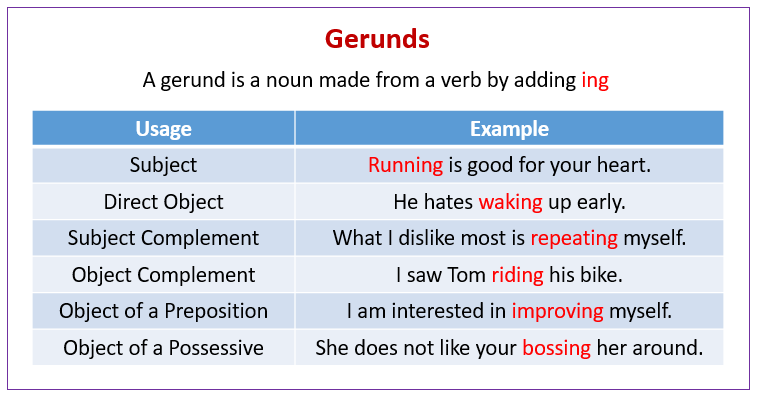4th TERM 2020 (28th October - 08 November)
ENGLISH
&
COMMUNICATIVE SKILLS
10th AB
OVERVIEW & PURPOSE: To learn INFINITIVE OF PURPOSE

Grammar Rule
Examples
I use LearnEnglish Kids to practise English.
He studies to get better marks.
She goes to the gym to be healthy.
Remember!
We can use the infinitive to explain why we do something.
Why are you washing the car?
To help my parents.
Be careful!
Use the infinitive with ‘to’.
I went to the cinema to see the new film.
I play computer games to have fun.
We say... We don’t say...
She went to the park to play with her friends. (NOT She went to the park play her friends.)
I’m going to Egypt to see the Pyramids. (NOT I’m going to Egypt for to see the pyramids.)
























